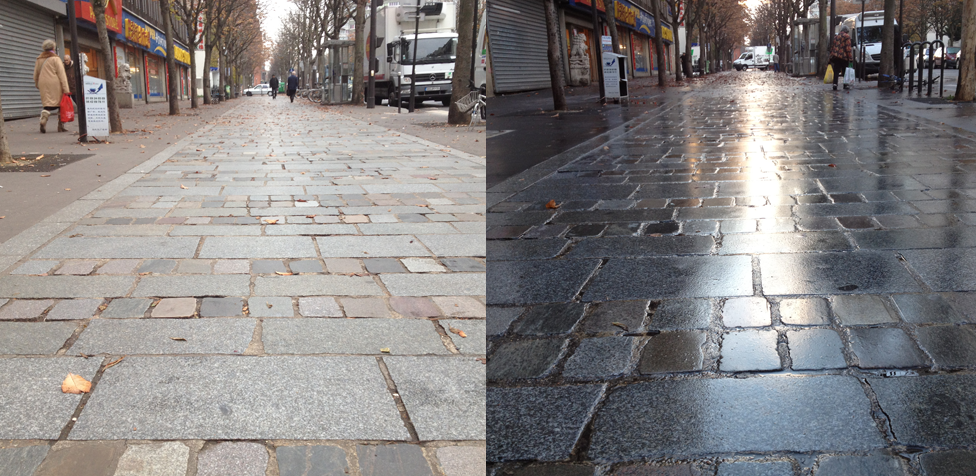i’m trying to increase specular scale past 1.0 on direction lights. UI doesn’t let me. Is there an ini setting i can adjust or console cmd?
Checked a lot of files in engine, could not find anything  . Try posting this on answers forum, hopefully someone would be able to help there.
. Try posting this on answers forum, hopefully someone would be able to help there.
Thats really sad because you can’t get any interesting lighting without it.
will post on the answers forum.
@DanielW any thoughts?
You can’t get interesting lighting without increasing your specular to a non-physical amount based on the intensity of the light? Sounds like you might have to work on your lighting and materials then 
also this is what i’m trying to achieve. right now its impossible, the glare is just not strong enough. you can see the same glare in ghost of tsushima, especially on their leaves.
But here are real world wet road example.
watchdogs 1 also had the strong spec highlight
All of this is possible in the engine if your materials and lights are set up accurately. One issue though is that the photos are over-exposed and clamp around the whites pretty quickly, which is something the ACES tonemapper tries to fix. You’d need to increase the white clamp or adjust the tonemapper settings to get something more like this.
What exac
Hi Rosegold, if you dont mind. What exact tonemapper settings are you referring to?
IF you would like to know my setup. Right now i have a basic brick material with a noise height map that feeds roughness/spec.
I also have a skylight of 1 intensity (using daylight cube map) and Directional light of 2.9 intensity.
and lastly Reflection capture probe (using same daylight cube map), PP exposure set to 1.
https://abload.de/img/highresscreenshot0000oiddw.png
Shoulder and White Clip will both allow you to reach full white if you want in your highlights/over-exposed areas. But you’re also going to have to position your camera correctly too. All of those images have the camera lower to the ground and looking at a long strip of a wet surface, so the Fresnel effect is more apparent and the camera is at a position close to the angle of reflection for the light source.
@Bladerskb Why are you using a heightmap to control roughness and spec? With most PBR materials, you generally you don’t need to mess with the specular value. And using height as a roughness control for a wet brick material doesn’t make sense because water can pool on top of bricks and in the bottom of low areas.
When you want something to look wet and shiny, you also need to darken it. Light that reflects does not diffuse. Notice the difference in your side by side with the wet sidewalk. Your directional light should also be quite a lot brighter.
Yes. Those photos are from Sebastien Lagarde, who has 6 pages of reference, different implementations, what implementations can be achieved in realtime, and what he did for Remember Me. I recreated his version using roughness as porosity, but the same look can be achieved in an easier way by simply multiplying the Base Color by itself, lowering the Roughness and lowering the Normal strength. This will cause some discrepancies between different surfaces reacting similarly when they should be based on porosity, but you can parameterize everything to adjust accordingly.
I find the BaseColor² to give you the saturation wet surfaces typically have, but if you go the route of BaseColor x 0.3 based on a mask(from Lagarde’s pseudocode), you should lower the spec to 0.25 to get the reflectance value of 0.02. That’ll give you a more saturated look.
You can get this bright spec using PostProcess. Correct gamma, contrast and some bloom should do it. Actually increasing Specular will actually mess up PBR worlflow
I know this post is 4 years old, but just wanted to say I just discovered you can set specular scale over 1 in sequencer and it works just fine technically (it looks correct). I’m currently working on film content in UE, not a game project, so not sure this will help you out (I haven’t used sequencer in a game context), but I assume there’s a way to run sequencer at the start of your game/level load and have that setting stick after the end of the sequence (or have the sequence last indefinitely).



